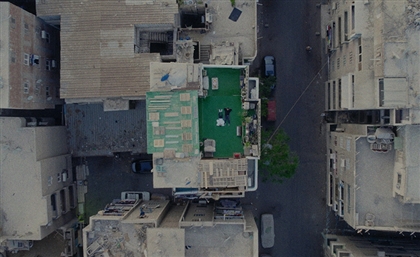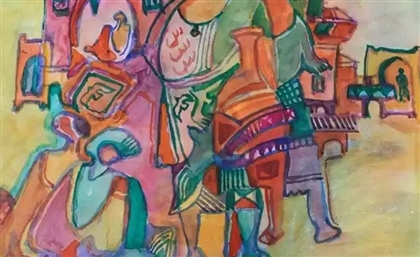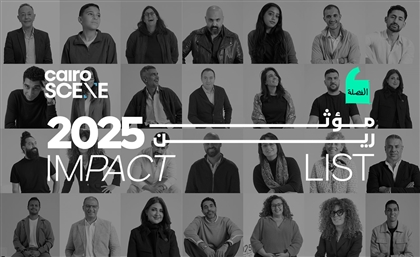Impossible Interiors: Hassan Ragab’s AI Generated Homes
This California-based Egyptian designer uses AI to create impossible homes shaped as caves and labyrinths.

“AI is starting to get cliche,” Hassan Ragab, a California-based Egyptian computational designer turned AI artist tells SceneHome. “A lot of people are using it without having an artistic background. Now, that’s the biggest value it presented: the democratisation of creative outlets. But we’re ending up with tons of similar artworks due to how the tools work. The challenge is to create something meaningful in parallel to the cliche.”
Ragab became renowned for his ability to tweak text-to-image AI tools through technical prowess and clever wordplay to conjure creative architectural facades. Now, he’s exploring interiors. “Interiors are functional, you need to be realistic,” Ragab explains. “Maybe that’s why I never worked on them. Function is important but if that’s all I sought I would be designing boxes.”
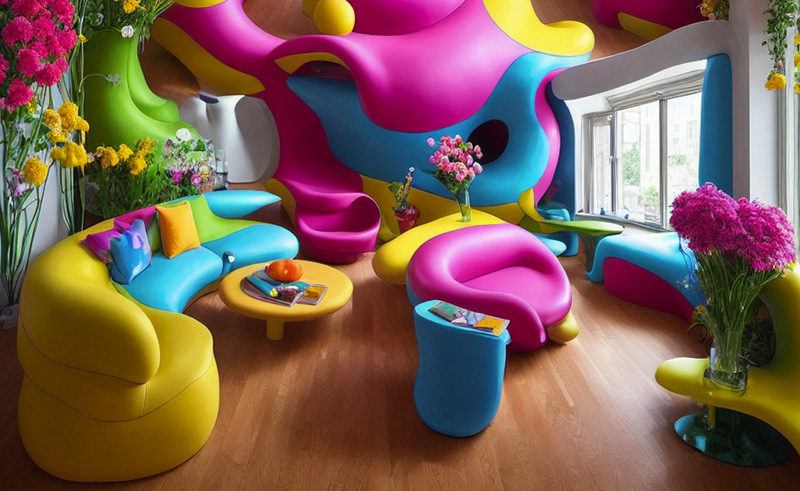 AI tools allow creatives to escape logical limitations, and Ragab makes that clear by taking a nonsensical approach. For example, he imagined an interior made entirely of crochet which wouldn’t really work but virtually it does. “These aren’t designs as much as they’re concepts I would like to live in.”
AI tools allow creatives to escape logical limitations, and Ragab makes that clear by taking a nonsensical approach. For example, he imagined an interior made entirely of crochet which wouldn’t really work but virtually it does. “These aren’t designs as much as they’re concepts I would like to live in.”
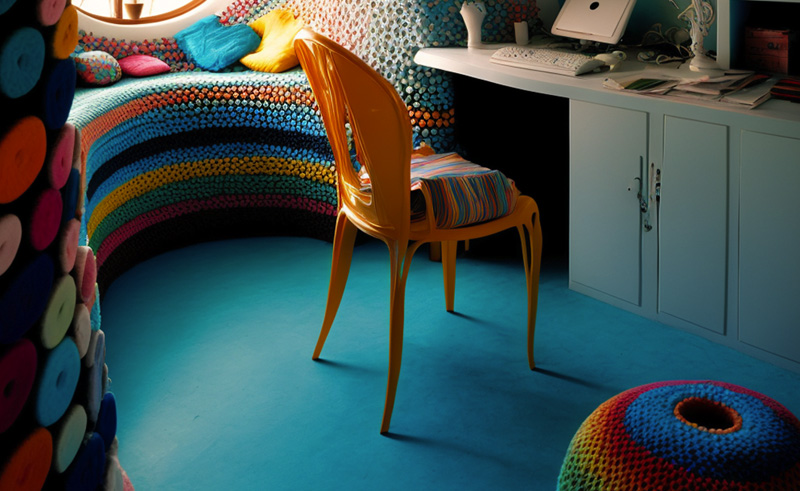 Virality isn’t anything new for Ragab. Previously, his ‘Mamluk Sketches’ imagining architectural features drawn from Old Cairo garnered worldwide attention. His portfolio includes imaginary homes in caves, trees and tree houses, labyrinths, inflatable materials, as well as train carts inspired by the palette of Vincent Van Gogh. One notable piece of work is ‘The City is a Tram’, a project Ragab created as an ode to his hometown, Alexandria. In a recent post, Ragab’s images once again went viral - this time with a floral theme that helped him compare AI tools.
Virality isn’t anything new for Ragab. Previously, his ‘Mamluk Sketches’ imagining architectural features drawn from Old Cairo garnered worldwide attention. His portfolio includes imaginary homes in caves, trees and tree houses, labyrinths, inflatable materials, as well as train carts inspired by the palette of Vincent Van Gogh. One notable piece of work is ‘The City is a Tram’, a project Ragab created as an ode to his hometown, Alexandria. In a recent post, Ragab’s images once again went viral - this time with a floral theme that helped him compare AI tools.
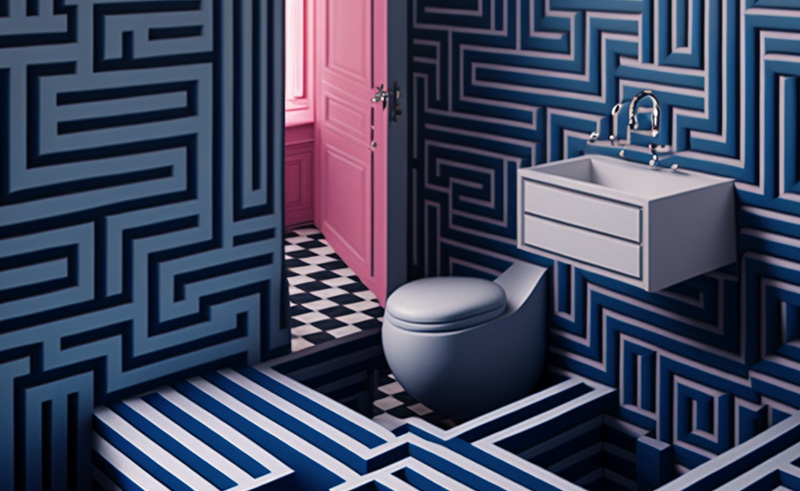 “Sometimes an input can result in a weird image because some random ‘act of algorithms’ assisted the process,” he says. “I try to avoid minimalism yet, ironically, the most minimal image I created went viral. The space was empty so I added ‘flowers’ to see how the AI responds and the result was beautiful.” The result, in this case, being a large, white space flooded with natural light and florals - a sight many around the world found easy on the eye.
“Sometimes an input can result in a weird image because some random ‘act of algorithms’ assisted the process,” he says. “I try to avoid minimalism yet, ironically, the most minimal image I created went viral. The space was empty so I added ‘flowers’ to see how the AI responds and the result was beautiful.” The result, in this case, being a large, white space flooded with natural light and florals - a sight many around the world found easy on the eye.
“I wanted to see if people could tell the difference between MidJourney and Stable Diffusion,” Ragab says of his floral interiors. Stable Diffusion is more tech-savvy and provides control while MidJourney tilts towards photorealism. “It’s a plus if you can code.” In a dark themed series, MidJourney provided elaborate forms, a wide range of colours and improvised the furniture and aesthetic theme. “It probably interpreted the word ‘grand’ as ‘luxurious’ or ‘classic’.”
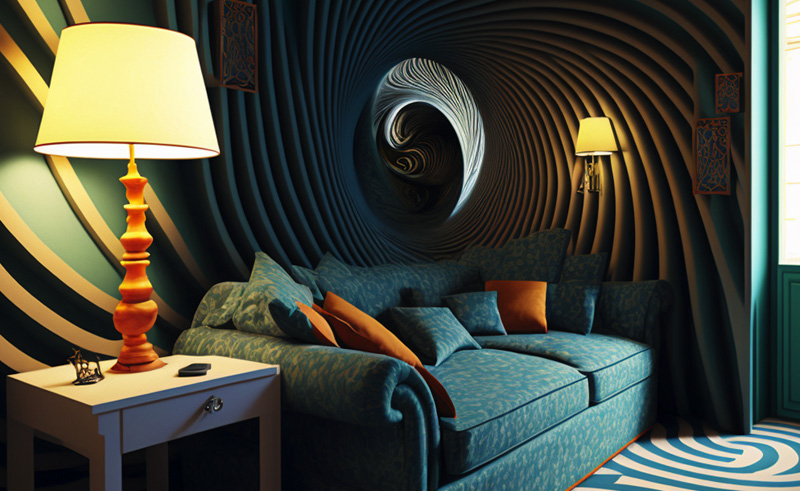 Using a similar prompt to the aforementioned viral post, Ragab created a different set but specified that the ‘flowers’ were instead ‘3D-printed’ and ‘by a specific designer’. The results were wild, to say the least. “This is more of my aesthetic,” Ragab says, pointing to an image that appears to depict two floors melting together. “I think the algorithm got an aspect ratio it wasn’t used to. When that happens, you get random results. When you provide a long aspect ratio it tries to fill that extra space. Sometimes, it works logically and other times you get visuals like these.”
Using a similar prompt to the aforementioned viral post, Ragab created a different set but specified that the ‘flowers’ were instead ‘3D-printed’ and ‘by a specific designer’. The results were wild, to say the least. “This is more of my aesthetic,” Ragab says, pointing to an image that appears to depict two floors melting together. “I think the algorithm got an aspect ratio it wasn’t used to. When that happens, you get random results. When you provide a long aspect ratio it tries to fill that extra space. Sometimes, it works logically and other times you get visuals like these.” Ragab typed ‘double volume’ and ‘living room’ which resulted in an odd reaction which he attempted to justify. “AI works in latent space, a virtual space that hosts all possible prompts with its library. When you write a prompt you define certain aspects such as steps and scales which dictate how close the AI needs to be to the description. In other words, how much room it has to improvise.”
Ragab typed ‘double volume’ and ‘living room’ which resulted in an odd reaction which he attempted to justify. “AI works in latent space, a virtual space that hosts all possible prompts with its library. When you write a prompt you define certain aspects such as steps and scales which dictate how close the AI needs to be to the description. In other words, how much room it has to improvise.”
“Seeds map the latent space to reach those possibilities through blocks and batches,” Ragab continues. “When I write a prompt and ask Stable Diffusion to create three alternatives, each picture would be from a specific seed. Latent space is like a black box, we know the input and see the output but we don’t know what happens in between. In other words, don’t ask me how that happened, ask MidJourney.” Ragab points to an image depicting an impossible bathroom. “I was trying to explore mazes and labyrinths in homes, the idea of entering a space you don’t understand.” Ragab cited M.C. Esher, the Dutch graphic artist whose work covered complex geometries, as a source of inspiration.
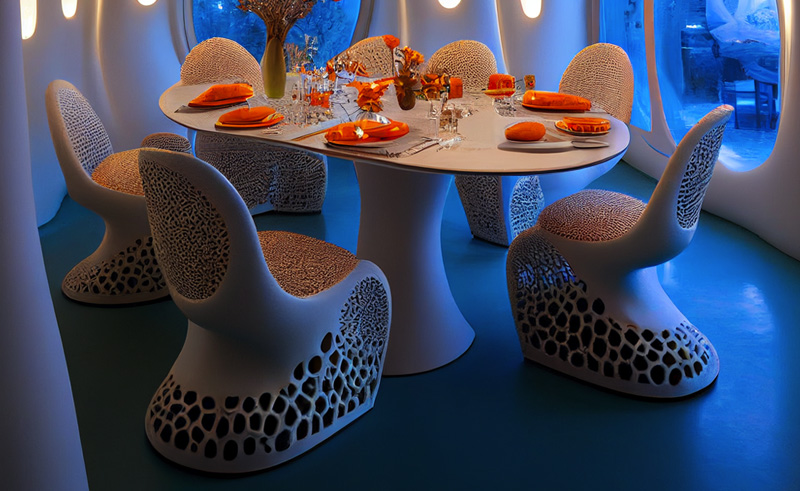 In a continual attempt to push the AI tools to their limit, Ragab looked towards a paradoxical concept depicted in Christopher Nolan’s ‘Inception’. Just as shown in Inception, the images depict endlessly evolving spaces that are physically impossible. “These spaces don’t exist and they can’t exist. I wanted to create an impossible space,” he says. “You don’t use these tools to create something ordinary. They are only harnessed when going beyond conventional concepts. Sometimes I try to write prompts that the AI doesn’t understand.”
In a continual attempt to push the AI tools to their limit, Ragab looked towards a paradoxical concept depicted in Christopher Nolan’s ‘Inception’. Just as shown in Inception, the images depict endlessly evolving spaces that are physically impossible. “These spaces don’t exist and they can’t exist. I wanted to create an impossible space,” he says. “You don’t use these tools to create something ordinary. They are only harnessed when going beyond conventional concepts. Sometimes I try to write prompts that the AI doesn’t understand.”
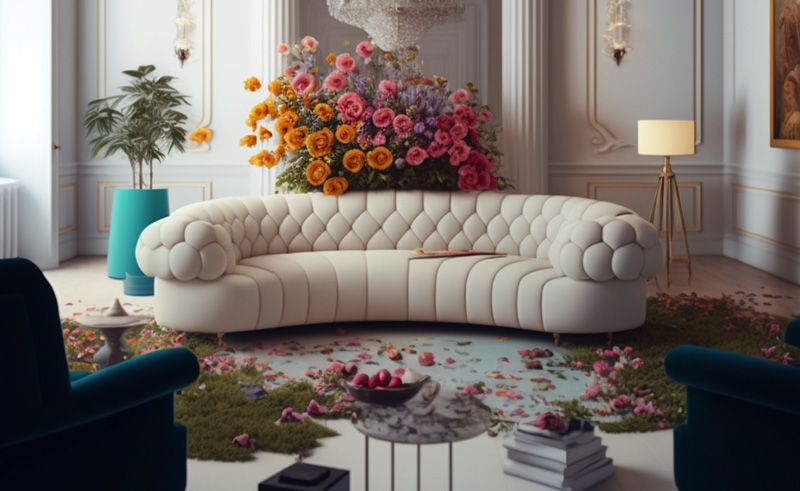 The ambitious nature of how Ragab approaches these tools allowed his visuals to stand out in an ocean of AI-generated art. In little to no time he found himself generating millions of images and got requests as odd as fashion brands asking to market their products via a human model turned dancing building, an outlandish feat Ragab managed to deliver through his experimentation with Stable Diffusion.
The ambitious nature of how Ragab approaches these tools allowed his visuals to stand out in an ocean of AI-generated art. In little to no time he found himself generating millions of images and got requests as odd as fashion brands asking to market their products via a human model turned dancing building, an outlandish feat Ragab managed to deliver through his experimentation with Stable Diffusion.
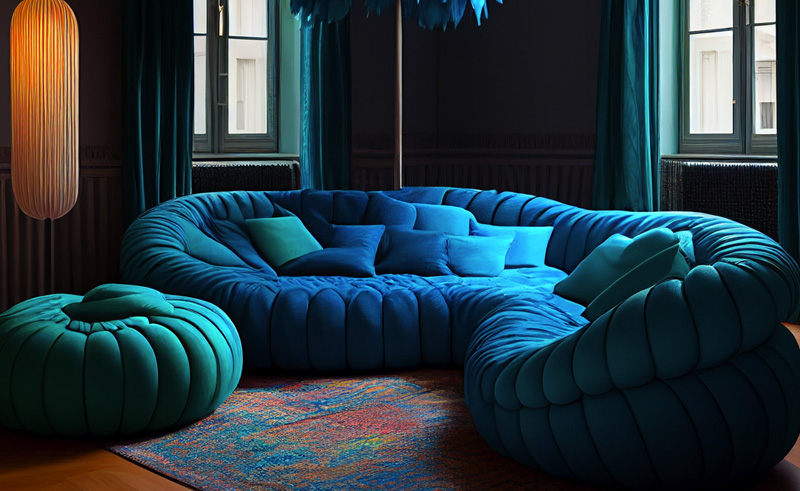 “Maybe in ten years, my dream is to build a house similar to one of the AI-generated images I’m creating,” Ragab admits. AI-generated imagery might not make sense for everyone, but for Ragab, who managed to make it his full time focus, it makes all the sense in the world.
“Maybe in ten years, my dream is to build a house similar to one of the AI-generated images I’m creating,” Ragab admits. AI-generated imagery might not make sense for everyone, but for Ragab, who managed to make it his full time focus, it makes all the sense in the world.
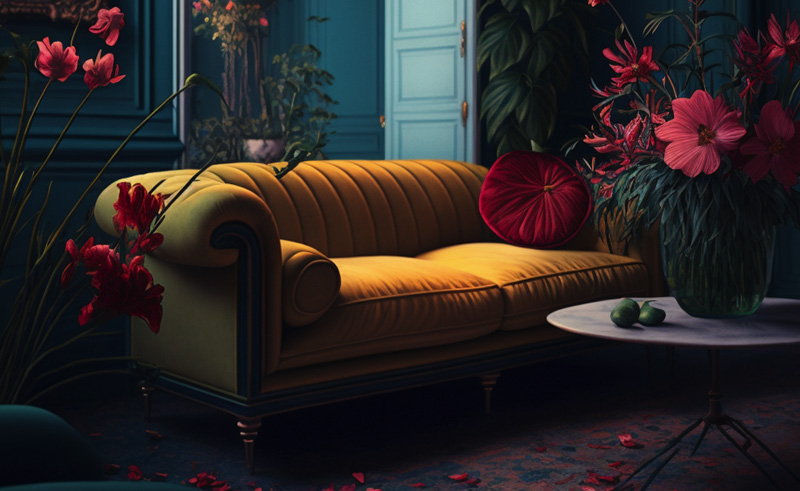 “Instead of having someone tell you what concept works best for you, or spend months on a project that isn’t realised, these tools liberate you. If I want to do something, I can do it efficiently and maybe one day it could be realised. For now, I only use them to provoke my imagination. After all that’s the true value of art, to create meaningful but unconventional works, to break boundaries and explore. The tools will never say no, they’ll always spit something out. So, tweak it.”
“Instead of having someone tell you what concept works best for you, or spend months on a project that isn’t realised, these tools liberate you. If I want to do something, I can do it efficiently and maybe one day it could be realised. For now, I only use them to provoke my imagination. After all that’s the true value of art, to create meaningful but unconventional works, to break boundaries and explore. The tools will never say no, they’ll always spit something out. So, tweak it.”
- Previous Article HOW (NOT) TO GO TO A PING PONG SHOW
- Next Article Egyptian Embassies Around the World
Trending This Week
-
Dec 23, 2025








